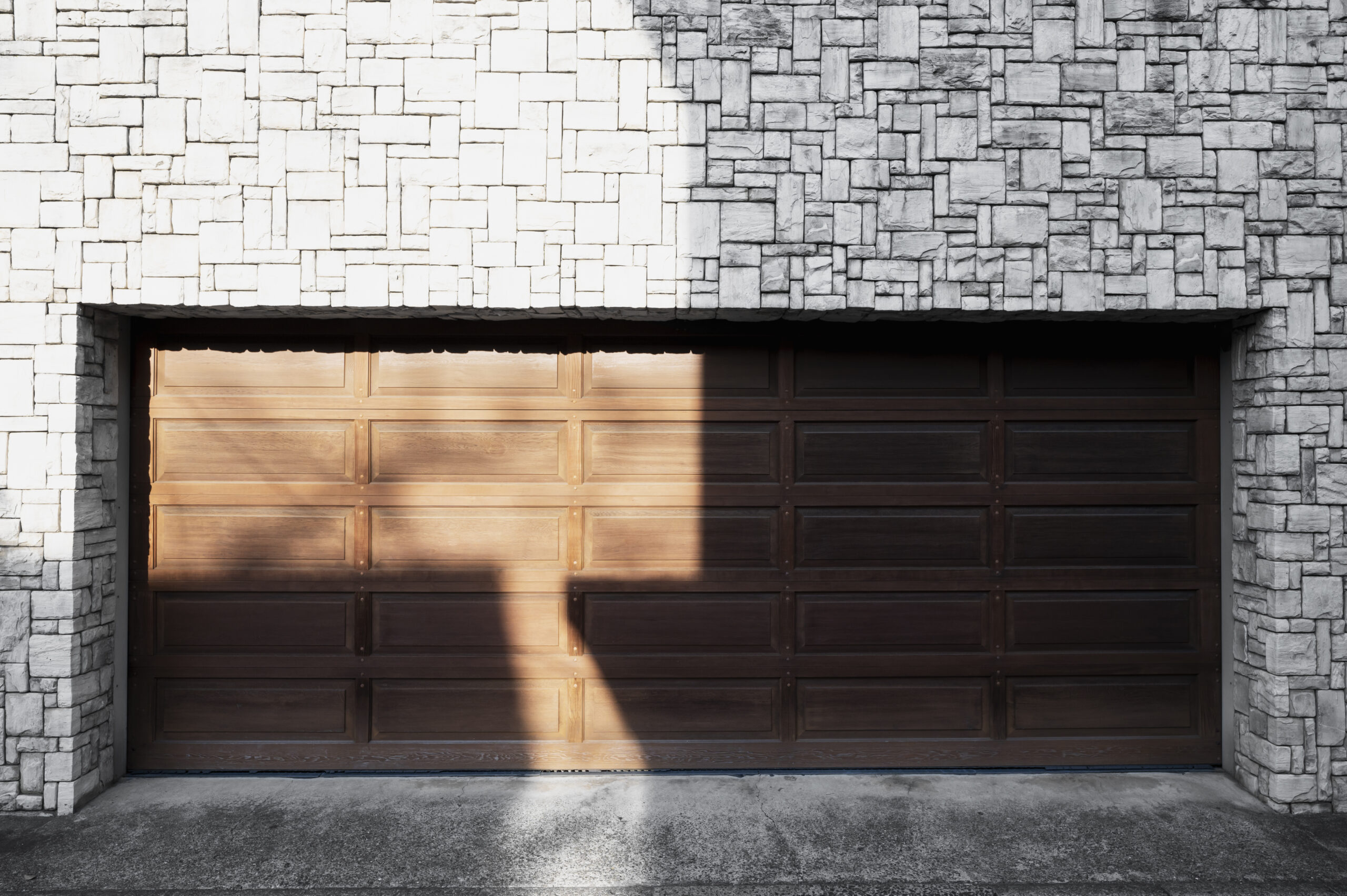
Storms can cause significant damage to your property, and your garage door often bears the brunt of the impact. Acting as a protective barrier for your home, vehicles, and belongings, a garage door may sustain damage from powerful winds, heavy rain, hail, and flying debris. These elements can weaken or damage your door, leaving your home vulnerable to further weather-related problems, security risks, and potentially expensive repairs if the damage is left unaddressed.
This article explains why addressing storm damage to your garage door is critical and offers actionable steps to fix or prevent future issues. If you’re in an area prone to storms, upgrading to hurricane garage doors can provide an extra layer of protection. Whether it’s a minor issue or major damage, following these tips can help you restore your garage door and safeguard your property.
Why Storm Damage to Garage Doors Is a Serious Concern
Storm damage to garage doors can compromise the security and safety of your home, making timely repairs essential to avoid further risks.
How Storms Impact Garage Doors
Garage doors are designed to be durable, but even the strongest doors can suffer during extreme weather events. Some common types of storm damage include:
- Dented or cracked panels from hail or flying debris.
- Bent or misaligned tracks caused by strong winds.
- Springs or cables can break under the pressure caused by strong winds or the impact of flying debris.
- Water damage to electrical components, such as the garage door opener, during flooding.
These issues can severely affect the door’s functionality, often rendering it inoperable or unsafe for use.
Safety Risks of a Storm-Damaged Garage Door
A damaged garage door isn’t just inconvenient—it’s dangerous. Structural issues like bent tracks or broken panels could cause the door to collapse unexpectedly, leading to property damage or injury. Exposed mechanisms or sharp edges from a storm-damaged garage door also pose a safety hazard. Additionally, a weakened door is easier for intruders to breach, compromising the security of your home.
Financial Implications of Delayed Repairs
Delaying repairs can turn a minor issue into a major (and costly) problem. For instance, a small dent can expand over time, damaging the door’s overall structure. Similarly, water-damaged electrical components, if not fixed promptly, could fail entirely, requiring a full replacement. Addressing storm damage quickly saves both time and money, ensuring your garage door continues to protect your home.
Step-by-Step Guide: What to Do After a Storm Damages Your Garage Door
1. Inspect the Garage Door for Damage
After confirming it’s safe to inspect the area, visually check your garage door for signs of damage. Pay attention to:
- Dented or cracked panels.
- Misaligned or bent tracks.
- Broken springs, hinges, or cables.
- Water damage affecting the opener or other electrical components.
Use a flashlight to identify any subtle issues you might otherwise miss.
2. Test the Door’s Functionality
Try operating the garage door, but proceed with caution. If the door doesn’t move smoothly or gets stuck, don’t force it, as this could worsen the damage.
3. Secure the Garage Door
If the door is still functional but compromised, take steps to secure it. Cover any gaps with tarps or plywood to prevent further weather exposure or unauthorized access.
4. Document the Damage
Take photos of all visible damage and write detailed notes. This documentation is essential for filing a claim with your homeowner’s insurance.
5. Contact Your Insurance Company
Contact your insurance provider promptly to file a claim. Include photos, detailed notes, and any repair receipts to speed up the process.
6. Call a Professional for Inspection and Repairs
For significant damage, it’s best to hire a professional repair service. Licensed technicians can assess the situation and recommend the best course of action. For reliable assistance, schedule garage door repair after storm to get your door back in working order.
How to Fix a Garage Door Damaged by a Storm
Learn practical steps to fix a storm-damaged garage door, from DIY solutions for minor issues to knowing when to call a professional.
DIY Fixes for Minor Damage
If the damage is minimal, you may be able to handle some repairs yourself:

- Realigning Tracks: Carefully use a level and a rubber mallet to straighten tracks that are slightly out of alignment.
- Replacing Weatherstripping: Remove and replace any damaged weatherstripping to improve insulation and protect against water intrusion.
- Tightening Hardware: Check for loose screws, hinges, or brackets and tighten them as needed.
These simple fixes can restore functionality and prevent further damage.
When to Leave Repairs to Professionals
For complex or severe issues, it’s essential to call a professional. Situations that require expert intervention include:
- Broken springs or cables that are under high tension and pose a safety risk.
- Severely bent or cracked panels that compromise the door’s structure.
- Flood-damaged openers or other electrical problems.
Hiring professionals ensures the repairs are completed safely and effectively. For severe damage, consider storm-damaged garage door repair services to handle the job.
Costs of Garage Door Repairs After a Storm
Repair costs depend on the extent of the damage:
- Minor fixes, like replacing weatherstripping, may cost around $100.
- Moderate repairs, such as fixing tracks or replacing springs, range from $200 to $800.
- Severe damage, including panel replacements or full door replacements, can cost $1,000 or more.
Although some fixes are budget-friendly, replacing a severely damaged garage door might be a smarter long-term investment.
Tips to Prevent Garage Door Storm Damage in the Future
1. Install a Storm-Resistant Garage Door
If you live in an area prone to extreme weather, consider upgrading to a wind-rated or impact-resistant garage door. These doors are designed to withstand high winds, flying debris, and other storm-related hazards.
2. Reinforce Your Current Garage Door
Bracing kits are an affordable way to add structural support to your existing garage door, reducing the risk of damage during a storm.
3. Maintain Your Garage Door Regularly
Schedule routine maintenance to keep your door in top shape. Inspect and lubricate moving parts, check for worn-out components, and ensure all mechanisms are functioning correctly.
4. Clear the Area Around Your Garage Door
Remove any loose items or debris near your garage that could be picked up by strong winds and damage your door.
5. Use Surge Protectors for the Opener
Install surge protectors to shield your garage door opener and other electrical components from power surges caused by lightning or storms.
Final Thoughts: Protecting Your Garage Door From Storm Damage
Storm damage to your garage door can be a significant inconvenience, but taking prompt action can minimize risks and repair costs. Start by inspecting the damage, securing the door, and consulting a professional for major issues.
Preventative measures, such as upgrading to a hurricane garage door or reinforcing your existing door, can reduce the chances of future damage. With regular maintenance and proper preparation, you can ensure your garage door remains a reliable shield for your home during any storm.
Take the necessary steps today to protect your garage door and maintain the safety of your property!





